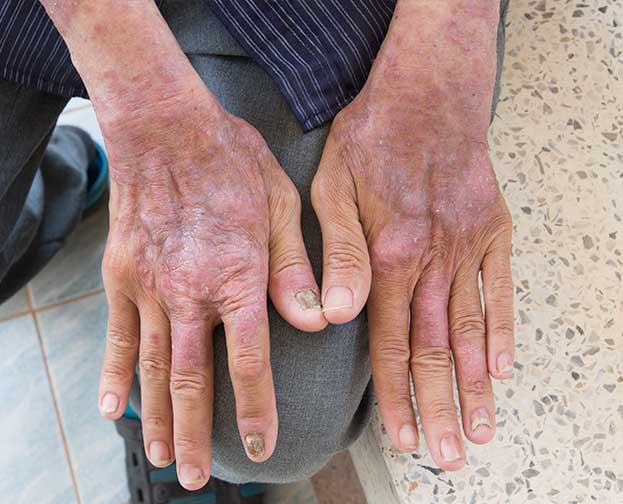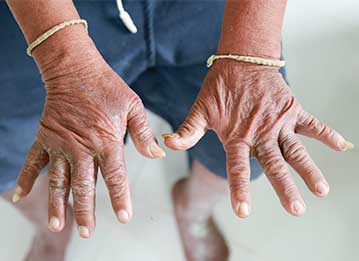
Compensation
May By Provided
For Completed Study
Scleroderma Clinical research study
Diagnosed With Scleroderma?
Do you have Scleroderma? You may qualify for a clinical trial focused on developing new treatment options. Participants may receive compensation for time and travel while contributing to potentially life-changing research.
Learn about eligibility, what to expect during the study, and how your participation could help shape the future of Scleroderma care. Sign up below to see if you qualify!
One central location
Study Location
2147 NE Coachman Road
Clearwater, FL 33765
727-466-0078
Indication: Scleroderma
What To Know About Volunteering For Our Scleroderma Clinical Trial
Participating in a clinical trial is completely voluntary, and you’re free to leave the study at any time. The process typically starts by identifying a trial that may be right for you. From there, you’ll speak with the research team to review eligibility, sign an informed consent form, complete screening procedures, and enroll if you qualify.
want to learn more?
What is Scleroderma?
Scleroderma is a rare chronic autoimmune disease that causes the body’s immune system to attack healthy tissues, leading to abnormal growth of connective tissue. This results in the hardening and thickening of the skin and, in more severe cases, can affect internal organs such as the lungs, heart, kidneys, and digestive system.
The symptoms of Scleroderma can vary in severity and may include:
- Tight or thickened skin
- Raynaud’s phenomenon (cold fingers or toes that change color)
- Joint pain or stiffness
- Heartburn or difficulty swallowing
- Shortness of breath
- Fatigue
- Swelling in the hands and feet
While there is currently no cure for Scleroderma, treatments are available to help manage symptoms, slow progression, and improve quality of life. These may include medications to reduce inflammation, improve circulation, and support affected organs, along with physical therapy and lifestyle modifications.
Interested In Learning More






